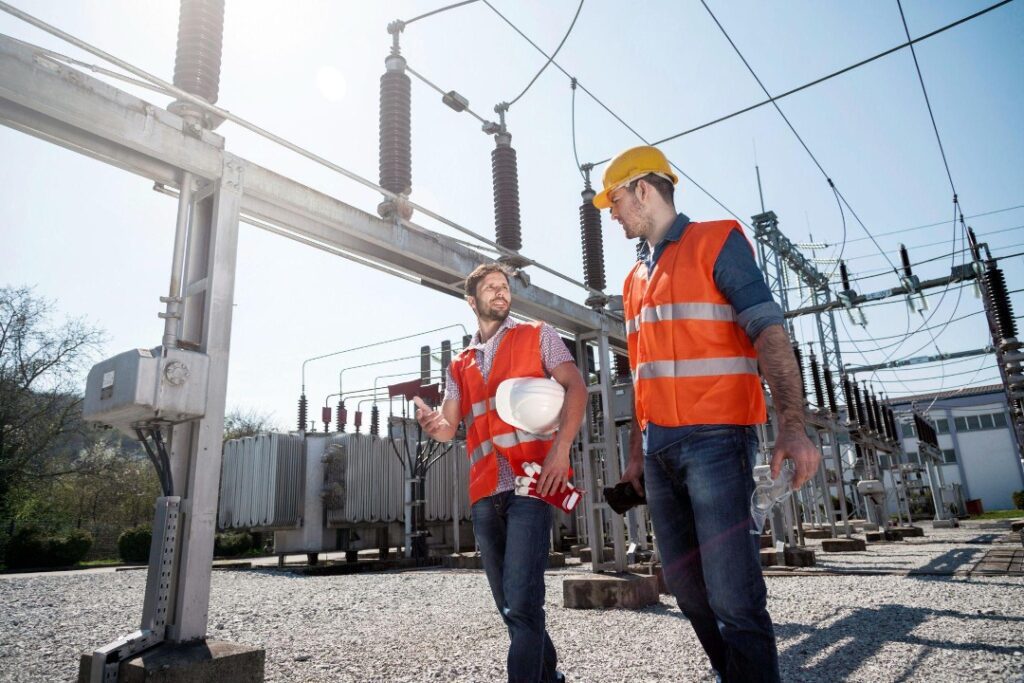As electrical workhorses with long lifespans, power transformers are critical elements of power grids, industrial plants, data centers, and other large consumer sites. But their operation is often taken for granted. When transformers fail, those failures can have devastating consequences. Consider the recent transformer fault in Paris that caused a blackout for 65,000 households or the 2 million customers affected by a boil water advisory due to two transformer failures at a Houston, USA, water purification plant. Preventing such failures is key to ensuring business continuity and reducing operational costs.
In a previous post, I highlighted the risks to transformer reliability and the importance of using remote monitoring and specialized analytics to avoid failures. In this post, I’ll examine the business drivers for adopting these new innovative technologies for your fleet.
New technologies allow for better transformer monitoring and analysis
A series of surveys by Midel of OEMs, businesses, and utilities professionals revealed that most had experienced transformer failures in the last five years. Half said such failures would significantly impact or halt operations. And a majority said that transformer maintenance – or lack thereof – is a significant concern but must be balanced with minimizing downtime and maintenance costs.
It is difficult to predict when these critical units should undergo maintenance due to a lack of transparency into their operational health. Because of this, organizations often embrace a conservative approach, including running less load or scheduling earlier replacement which, in turn, can significantly impact OpEx and CapEx.
This measured approach is due, in part, to the transformers’ sealed, long-lived nature that has essentially made them a “black box.” Beyond annual oil tests and costly or inefficient monitoring systems, there has been no practical way of assessing their health while in service.
Traditionally, an organization would have a long-term resident transformer specialist who had accumulated a mental record of all the transformers on the site. Familiar with significant risk events (e.g., overloads, lightning), faults, and maintenance work, this engineer’s institutional knowledge, combined with annual offline transformer oil testing results, was critical to making judgments regarding operational tolerances and the anticipated lifespan of any given transformer.
However, over the last decade, many experienced specialists have retired and been replaced by younger engineers with far less experience. The experts’ knowledge has not been documented so that new hires can easily access it. This creates an operational void in transformer maintenance, particularly when new hires are part of smaller teams responsible for a broader scope of equipment.
With these challenges, operations and maintenance teams need better visibility into transformer health.

5 key drivers to adopt continuous transformer monitoring and analysis
Until now, existing transformer maintenance solutions proved costly and ineffective. New condition-based maintenance approaches, like Schneider Electric’s EcoStruxure Transformer Expert, allow you to proactively head off any problems and make data-driven decisions about optimal maintenance and replacement times. This innovative continuous monitoring and analysis reduces overall downtime and can mitigate failure risks in your fleet.
Here are five reasons to embrace this new approach to transformer maintenance.
- The grid is becoming more dynamic. The types of energy sources on the grid arechanging and now include renewables, storage, electric vehicle charging, and more. This changes the grid profile, particularly with the addition of wind and solar, which can create sudden changes in transformer loads, higher harmonic content, and bidirectional flows. This new paradigm means you can’t use past data to forecast the future, as these new conditions will impact transformer aging differently.
- Condition-based maintenance is more efficient. Maximizing efficiency is critical when working with smaller teams and distributed resources. Continuous data analysis and intelligent notifications support a condition-based maintenance approach – also known as predictive maintenance – revealing degradation in performance before a failure occurs. It will help rank risks and prioritize maintenance, repair, and replacement to minimize OpEx and CapEx.
- The impact of failures can be massive. When a failure occurs, it can take up to 6 months – even 12 months in some cases – to source a replacement due to supply chain issues. Continuous visibility of the health of all transformers will help you determine which of them are more likely to fail sooner and help you manage them appropriately toward the end of their life and prepare for their retirement.
- Increasing lifespan helps reduce CapEx. The transformers close to failure are difficult to identify and often not the oldest in the fleet. This is frequently due to inadequate records about their history. A 60-year-old transformer might be doing fine, while some 25-year-old ones may be very close to the end of life due to experiencing higher loads or damaging surge events.
To properly manage that risk curve, you need to be able to analyze transformer health at the mid-life point to see what conditions may be accelerating aging. Knowing this will allow you to perform appropriate maintenance or take other steps to ensure a longer lifespan. This minimizes the need for costly replacements, allowing your CapEx to go to more critical projects – while reducing your carbon footprint.
- Determining transformer health helps optimize operations. Imagine a substation with three transformers. You need to run one of them with 20% more load – which one do you choose? Transformer health analysis includes scenario modeling that will help you predict the impact on lifespan under different load conditions. Beyond maintenance decisions, you’ll make better decisions on optimizing each asset’s operation. Can you risk overloading a transformer, or do you need to reduce the load on a transformer to extend its life? Real-time transformer analysis will give you the confidence to decide and act.
Schneider Electric’s new EcoStruxure Transformer Expert is an easy-to-deploy solution that addresses these unique transformer maintenance and monitoring needs – regardless of the manufacturer.
The EcoStruxure Transformer Expert monitoring solution gives operations and maintenance personnel unprecedented, continuous visibility into the health status of the transformers thanks to integrated IoT sensors and a cloud-based software analytics subscription. Predictive analytics enable accurate health and lifespan forecasting across entire fleets of transformers and offer proactive recommendations to help you make data-driven decisions regarding maintenance and replacement. To learn more, watch our video.




Conversation
A great research we need more of the tools that are available in a demanding market.
Thanks, Ezekiel, for your comment. Our teams remain at your disposal if you’d like to get more details about our research.
Nice innovation, will be glad if there room for further discussion.
Thanks for your comment, Godwin. Our teams are at your disposal for further discussion and you can get in touch with your local customer care team through this page: https://www.se.com/ww/en/work/support/country-selector/contact-us.jsp.
The solution is interesting and will improve the health of transformers hence reducing down time and increasing efficiency and productivity.
We agree, John. Thank you!
Is this applied for Dry Transformers?
What types of Sensors are used ?
Thanks for the questions. EcoStruxure Transformer Expert is designed for oil transformers.
Our offering utilizes a set of six sensors, including three temperature sensors, one moisture sensor, one vibration sensor, and one sensor for detecting Partial Discharge activity.
Additionally, we provide an optional hydrogen sensor as an add-on.